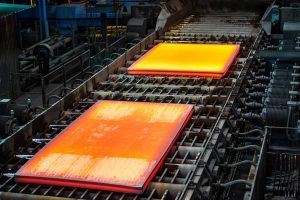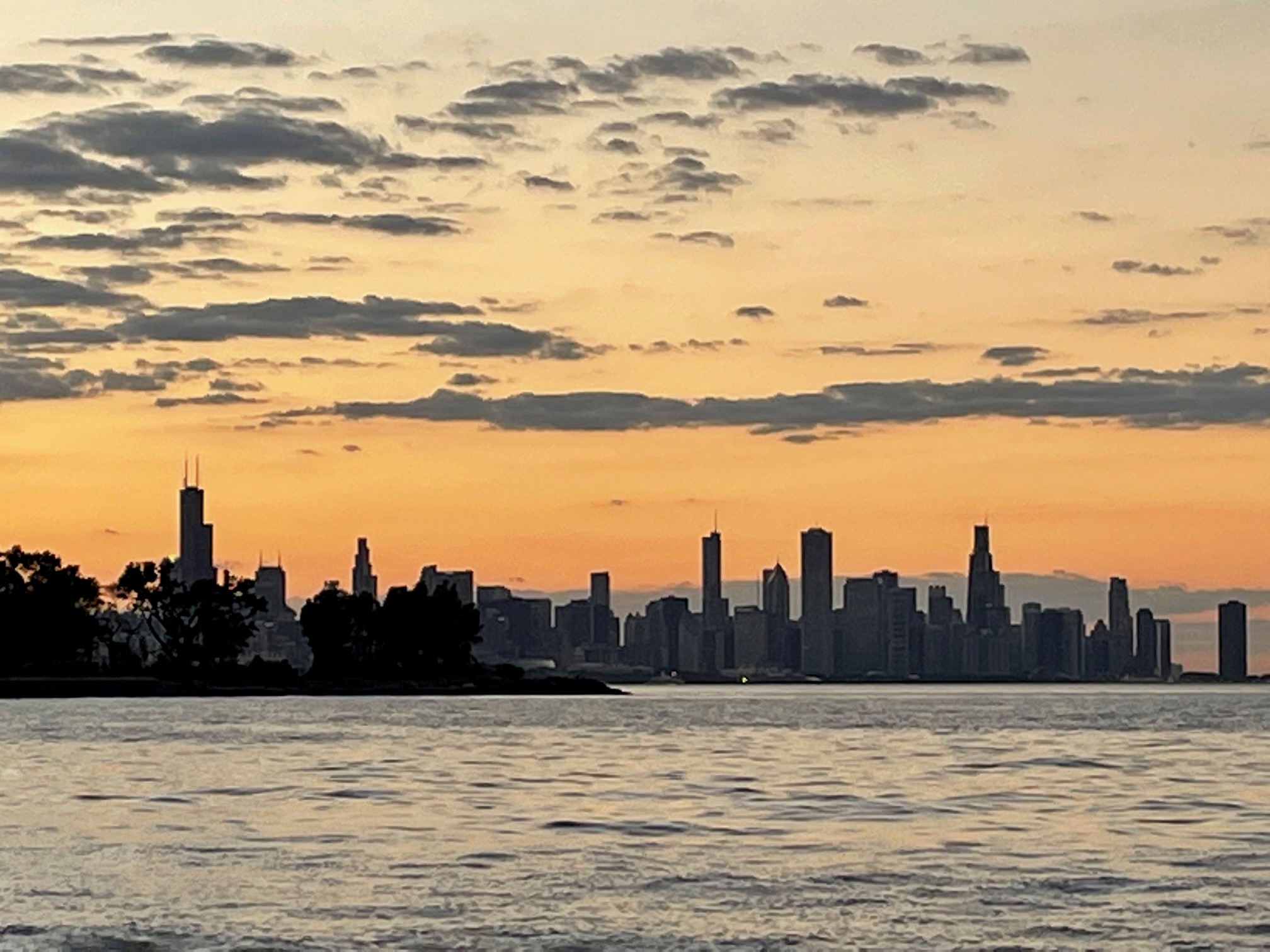
Holiday Notice: Merry Christmas and Happy New Year!
Steel Market Update offices will be closed Wednesday, Dec. 24, through Friday, Jan. 2, for the Christmas and New Year holidays.


Steel Market Update offices will be closed Wednesday, Dec. 24, through Friday, Jan. 2, for the Christmas and New Year holidays.

The number of oil and gas rigs operating in the US ticked higher this week, while Canadian activity tumbled, according to the latest data released from Baker Hughes.

The total amount of raw steel produced around the world slipped 3% from October to an estimated 140.1 million metric tons (mt) in November, according to World Steel Association (worldsteel) data. This marks the lowest monthly production rate since December 2023.

Domestic raw steel production edged lower last week, according to the latest data released by the American Iron and Steel Institute (AISI).

Apparent steel supply rose to 8.64 million short tons in September, driven primarily by higher domestic mill shipments despite a sharp drop in finished imports.

In this Premium analysis we examine North American oil and natural gas prices, drill rig activity, and crude oil stock levels through December

Following last week’s pause, SMU’s price indices were overall steady to higher this week, holding at or near multi-month highs.

Following August’s modest 4% uptick, the volume of steel shipped outside of the country slipped 8% in September to 594,000 short tons, according to recently released data from the US Department of Commerce.

The volume of raw steel produced by US mills ticked higher last week, according to the latest figures published by the American Iron and Steel Institute (AISI).

According to recently finalized US Commerce Department data, US steel imports tumbled to a near five-year low in September

Steel mill lead times held relatively steady this week on both sheet and plate products, according to responses from SMU’s latest market survey.

Less than half of the steel buyers who responded to our market survey this week reported that domestic mills are willing to talk price on new spot orders

Nucor has announced new base prices for galvanized steel products as of Wednesday, Dec. 10.

SMU’s sheet and plate prices took a breather this week, holding relatively steady at multi-month highs.

Domestic raw steel production marginally declined last week, according to the latest data released by the American Iron and Steel Institute (AISI).

Earlier this week, SMU polled steel buyers on an array of topics, ranging from market prices, demand, and inventories to tariffs, imports, and evolving market events.

NLMK has revised their galvanized and galvanneal coating extras effective January 2026.

All of SMU’s sheet price indices rose this week, climbing to new multi-month highs. At the same time, our plate index held steady.

Multiple steel mills revised their galvanized, galvannealed and/or aluminized coating extras higher this week.

The volume of raw steel produced by US mills eased last week, according to the latest figures released by the American Iron and Steel Institute (AISI).

The Chicago Business Barometer tumbled to an 18-month low in November, according to Market News International (MNI) and the Institute for Supply Management (ISM)

Steel mill lead times extended this week on all sheet and plate products tracked, according to responses from SMU’s latest market survey.

All five of SMU’s sheet and plate price indices increased this week for the second week in a row, with all products inching up to new multi-month highs. Prices are now up by $30-70/st compared to those seen four weeks ago.

Steel Market Update staff will be taking some time off for the Thanksgiving holiday.

US steel imports declined considerably in September and October, with trade falling to reduced levels not seen in nearly five years.

Following four consecutive monthly declines, world crude steel output recovered 1% from September to October to an estimated 143.3 million metric tons (mt), according to the World Steel Association (worldsteel).

Most steelmaking raw material prices remained stable over the past month. Prices are mixed in comparison to this time last year.

Architecture firms reported a modest improvement in billings in October, though business conditions remained soft, according to the latest ABI report.

SMU’s price indices increased across the board this week, reaching new multi-month highs.

US shipments of heating and cooling equipment fell 7% in September from August to the lowest monthly rate of the year, according to the latest data released by the Air-Conditioning, Heating, and Refrigeration Institute (AHRI).